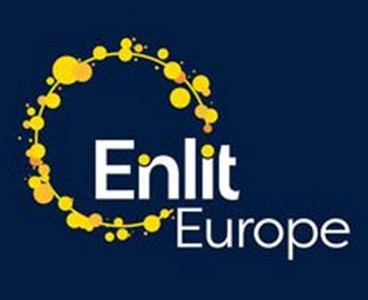Europe’s energy transition is at a crossroads. Ambitious targets for decarbonisation and electrification have been set, yet we are increasingly constrained by a challenge that rarely makes the headlines: our electricity grid. While renewables are being built at record pace, too often they are left idle because the power they generate cannot flow to where it is needed. Curtailment, congestion and costly delays in permitting new infrastructure are slowing progress just when urgency is greatest.
The truth is simple: without a fit-for-purpose grid, Europe’s energy transition will stall. But there is good news. Alongside the long-term task of building new lines and substations, a family of solutions already exists that can unlock significant grid capacity today. These are Grid Enhancing Technologies (GETs) – digital, hardware and advanced system tools that can increase the capacity, flexibility and efficiency of existing grids.
CTS: A Practical Example of what GETs Deliver
Although GETs are frequently addressed in broad strokes, examining particular solutions helps to clarify their impact. The Capacitive Transfer System (CTS), a cutting-edge cabling system created by Enertechnos, is intended to lower transmission losses, boost effective capacity and facilitate quicker integration of renewable energy sources.
Approximately 200 terawatt-hours of electricity are wasted annually throughout Europe due to grid losses, which is equal to Spain’s yearly usage. By reducing line losses by up to 10%, CTS offers a way to cut waste, free up capacity and lower system costs. At a time when every kilowatt-hour of renewable generation matters, technologies like CTS mean reliable power reaches consumers rather than being lost as heat.
Importantly, CTS can be installed in existing regions, allowing operators to increase capacity and efficiency without having to wait years for new infrastructure. CTS illustrates how GETs can serve as a link between the development of tomorrow’s grid and the demands of the present.
Collaboration, Not Competition
No single technology will solve the issues. The strength of the GETs family lies in diversity: advanced solutions like CTS that increase capacity, digital platforms that unlock flexibility, monitoring tools that improve situational awareness and optimisation systems that extract more value. Each plays a role in enhancing the grid, and together they can create a real-world impact.
That is why the CurrENT Grid Enhancing Pavilion at Enlit 2025 in Bilbao is so important. For the first time at Enlit, leading innovators in GETs will come together under a shared banner – not to promote individual products, but to demonstrate collectively what is possible when technology providers, regulators and system operators collaborate. This Pavilion is not just a commercial showcase; it is a collaborative platform for exploring how GETs can support Europe’s decarbonisation and competitiveness goals.
Breaking the Bottlenecks
Grid congestion and permitting bottlenecks are now among the greatest barriers to the energy transition. Too often, planning models assume that large new infrastructure projects are the only path forward, but the reality is that Europe cannot wait. The climate clock is running out of time, and each year that passes adds risk and expense.
GETs offer a practical way around this obstruction. Even though longer-term projects buy us time, lessen curtailment, and allow for the incorporation of renewable energy sources, they do not replace the need for new infrastructure. For instance, CTS can be quickly implemented and yields efficiency improvements right away while bigger initiatives are still being planned.
The Role of Policy and Regulation
It will take more than just technology to fully realise the potential of GETs, and it will require cross-border cooperation from operators and regulators. Many of the obstacles to GET deployment today are bureaucratic rather than technical. Planning models are sluggish to adjust, risk-sharing procedures are ambiguous, and incentives are out of sync.
If Europe is committed to meeting its 2030 and 2050 targets, GETs must be fully incorporated into investment plans and policy frameworks. Policymakers and regulators have a critical role in making sure that the future grid is not only bigger, but also smarter.
Looking Ahead to Bilbao
The goal of Enlit is to unite people who will influence the energy system of the future. The CurrENT Grid Enhancing Pavilion will provide a unique space to see, hear and discuss how cutting-edge grid innovations could enhance the entire system.
We invite system operators, policymakers, regulators and industry leaders to join us at the Pavilion. The conversations we will have there are not about competing technologies, but about a collective mission: making Europe’s grid fit for the future.
The energy transition cannot wait. Grid Enhancing Technologies are ready now – and with solutions just like CTS, we can unlock the capacity, flexibility and efficiency our system needs to achieve Europe’s goals.
Join us at Enlit 2025 in Bilbao to explore how collaboration and innovation can accelerate Europe’s energy transition.


